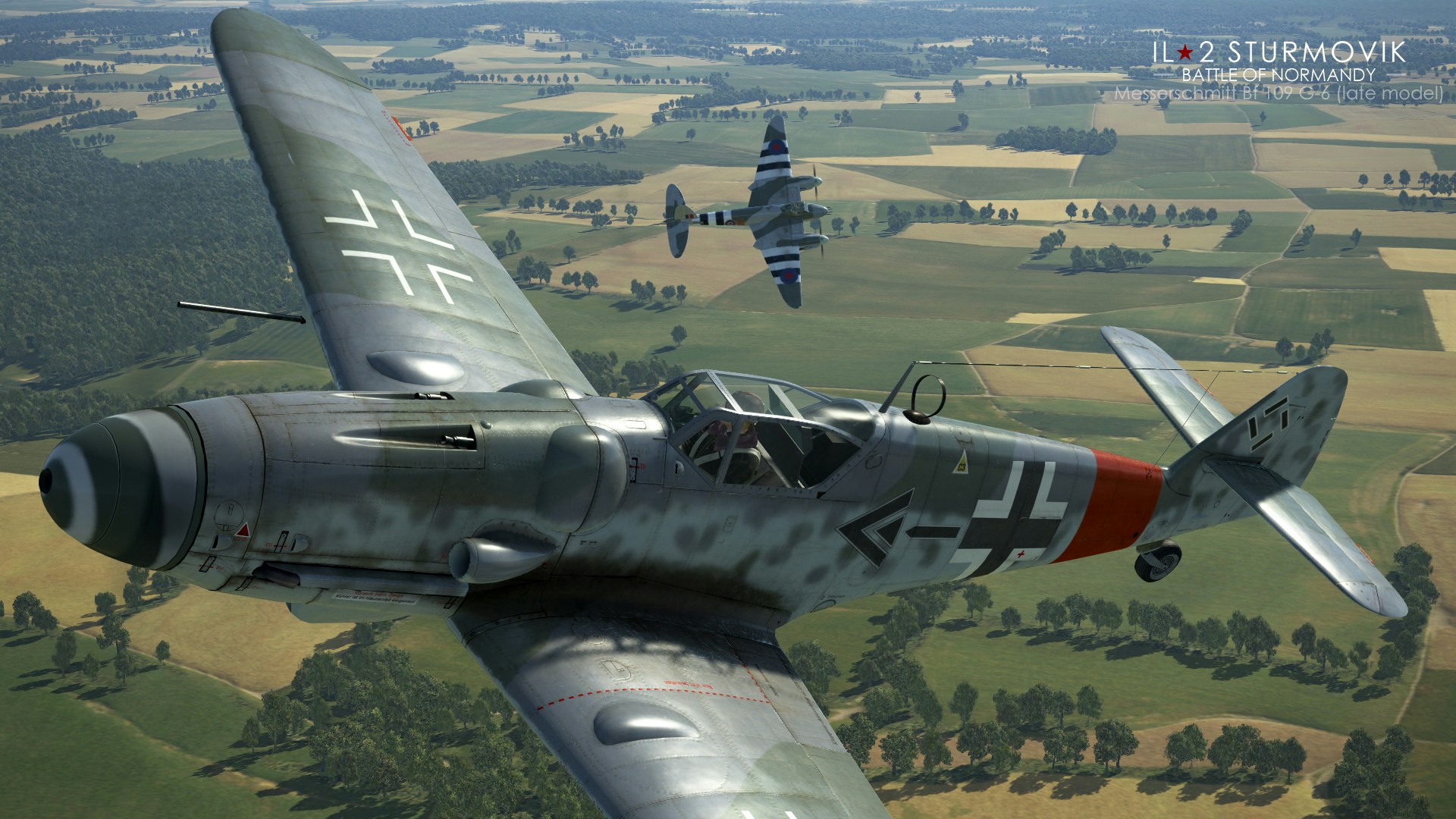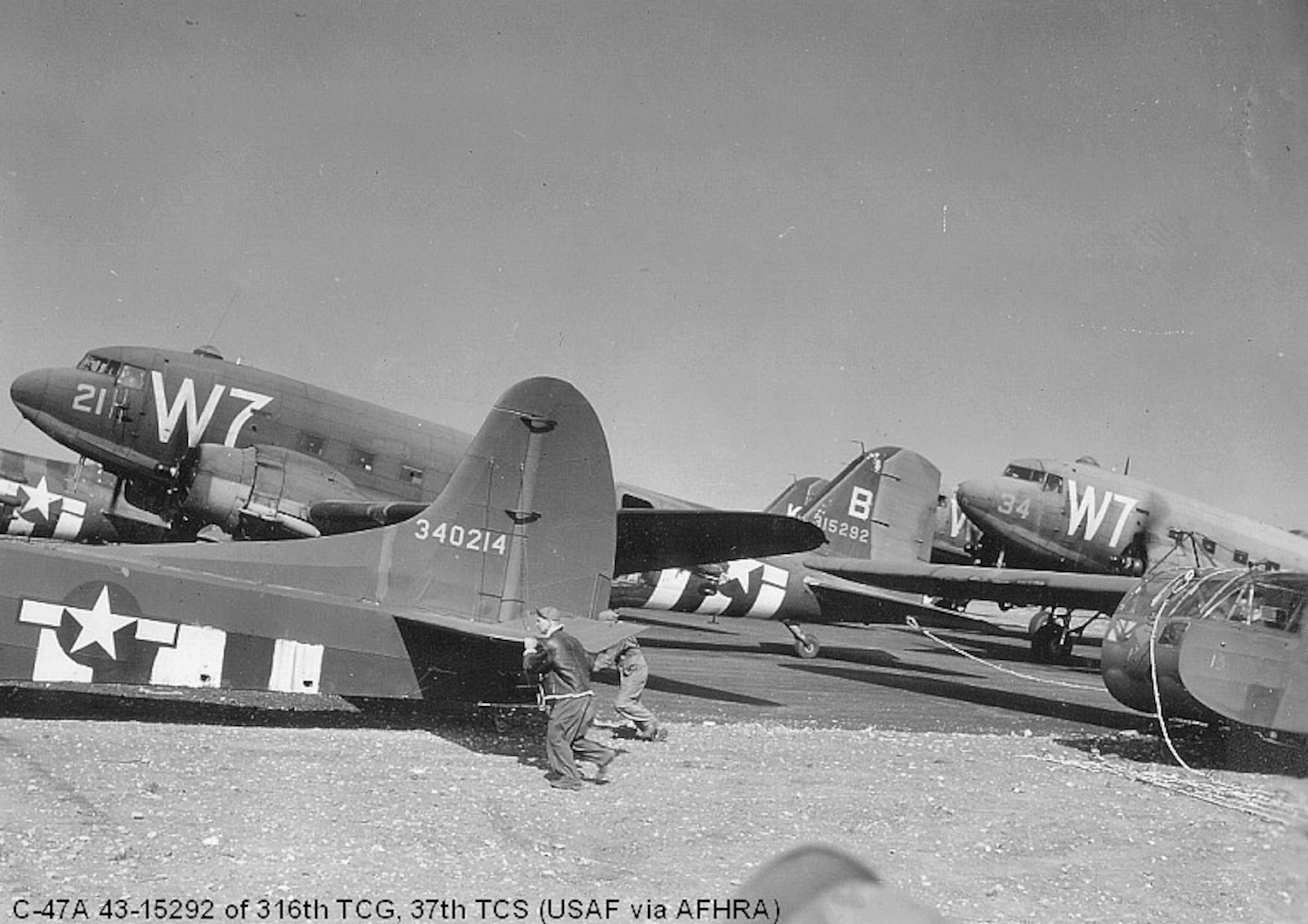Normandy Aircraft - In this April 9, 2019 photo, pilot Tom Travis stands in the cockpit of a World War II warship. The C-47 aircraft responsible for the key false invasion of Europe on June 6, 1944, will return to the continent in June to take part in the 75th anniversary of D-Day. (AP Photo/Jay Reeves) AP
A U.S. military plane full of paratroopers took off from a British airstrip to lead the World War II D-Day invasion in 1944, and the nose was painted bright yellow for Adolf Hitler: "It's me, brother."
Normandy Aircraft

Seventy-five years later, in a combination of history and luck, this plane is again on the shores of France, the last great memory of the false battle, including the veterans of D-Day, since most of them are now 90. .
Return To Normandy
A restored C-47 troop carrier that served as the Air Force's primary attack aircraft, salvaged from a Wisconsin Air Force park after Alabama Air Force historians dismissed its significance, will join other vintage aircraft in June for 75th anniversary ceremonies .
After flying over the Statue of Liberty on May 18, the plane headed to Europe with other vintage planes on the same route through Canada, Greenland and Iceland as the American plane traveled during the war. Here, it and other flying military transports are expected to drop paratrooper re-enactors on the French coast in Normandy.
In this April 9, 2019, photo, the World War II troop carrier Bu l, Brother stands on the runway of the airport during a stopover in Birmingham, a. World War II planes that took part in the D-Day invasion in 1944 will return to Europe in June for the 75th anniversary of the battle. (AP Photo/Jay Reeves) AP
"It's going to be historic and exciting," said pilot Tom Travis, whose brother is flying to Europe for the event. "This will be the last big meeting."
Ww Ii Era Workhorses Shine At Sun 'n' Fun
Air Force historian Matt Sces said there is no doubt that the twin-engine plane was the same plane that fueled the main D-Day invasion. It is currently operated by the Texas-based Esdalik Air Force Base, which maintains military aircraft.
"There is no doubt in my mind. We have three separate documents confirming this," said Sces, who found the plane with the help of a colleague.
We may receive compensation if you purchase a product or register for an account through one of the links on our site. The following article about the invaders is excerpted from Barrett Tillman's D-Day Encyclopedia. Available now from Amazon and Barnes & Noble.
On June 4, 1944, almost all Allied tactical aircraft in Britain were painted with "invasion stripes" to prevent or reduce the chance of friendly aircraft being shot down by American and British forces. D-Day was originally planned for the 5th, but weather forced a delay, allowing more RAF and USAAF aircraft to receive new paint schemes as part of the D-Day plan, although heavy bombers were excluded if
Join The Battle Of Normandy In New Air War Dlc For Il 2 Sturmovik
As a generalization, D-Day markings consisted of three white and two black stripes, each eight to eighteen centimeters across, on the wings and fuselage, depending on the size of the aircraft. The wing lines were different, below or above and below, depending on the time available. Fuselage lines often surround the entire cell. The huge amount required for the thousands of aircraft was said to have consumed most of Britain's black and white paint. Similar markings were planned for the aircraft that participated in the Dieppe operation in August 1942.
This article is part of our wider selection on the Normandy invasion. For more information, click here for our complete guide to D-Dday.
2014 by Barrett Tillman. Please use this information for any reference. To order this book, visit their online sales page at Amazon or Barnes & Noble. The Normandy invasion, also known as D-Day, was one of the most horrific days in history, but it was also the beginning of the end of a terrible war, World War II. Most of the hundreds of thousands of men, women and children who died that day remain nameless in the history books. The same applies to the aircraft that led the heroic actions. Attacks came from many fronts on that fateful day, with ships dropping troops onto the beaches of Normandy and planes dropping men and ammunition from the sky. After the war ended, most of these aircraft were destroyed or recommissioned, and their historical significance evaporated like the fuel burning in their engines. Even some of the most famous aircraft have fallen into the shadows of the past.
As noted in Robert Goyer's article "The D-Day Aircraft" in the August 2014 issue of Flying magazine, many types of aircraft were used in the massive invasion of Normandy. The first wave, according to most accounts, was a group of more than 800 C-47s sent from England around midnight on June 5, 1944. A convoy of C-47s dropped about 13,000 paratroopers from the sky in the early morning darkness. On June 6, a large group of Dakotas was led by a plane called "All, Brother," piloted by Lt. Col. John M. Donalson, commander of the 87th Troop Carrier Squadron. Donaldson chose the name as a message to Adolf Hitler that his reign of tyranny would end.
Thirty C 47s To Invade Normandy For D Day 75th
After serving in the army, the brother changed hands with dozens of bosses. It was converted to a DC-3 configuration and eventually dressed in a Vietnam-era paint scheme, says Joe Enzminger of the Central Texas Wing, based in San Marcos, Texas. His D-Day story was almost forgotten. However, due to a series of recent fortuitous events, this historic ship will return to Europe next year to lead a large Dakota convoy from England to France to mark the 75th anniversary of D-Day.
In 2007, Everything, Brother was owned by Darrell Massman of Waupaca, Wisconsin. Doug Rosendahl, a vintage aviation pilot who flew DC-3s and C-47s for nearly 30 years, trained the owner but parked it in Casa Grande, Arizona for several years. Massman eventually sold the plane to Basler Turbo Conversions at Wittman Regional Airport in Oshkosh, Wisconsin. The only trace of the aircraft's historical significance was its serial number: 42-92847. Rosendahl and Massman drove the plane from Arizona to Oshkosh and parked outside Basler's hangar. There it was placed in a bone garden and intended for a major turbine conversion.
Basler Turbo Conversions technicians spent approximately 20,000 hours restoring the aircraft. The original engines and propellers were overhauled and reassembled on the aircraft. Basler Turbo Conversions

"I've flown the plane without knowing its history, but I'd be lying if I told you I didn't have a tear in my eye," says Rosendaal. "I had flown the plane a little bit when Darrell had it, and I thought, 'This is the end. It's going to cut out and turn into a turbine.'
A 97 Year Old Vet Jumped Out Of A Plane To Recreate His D Day Parachute Drop
Basler's turbine conversion takes about 45,000 man-hours, says Basler President Randy Myers. The old Wright Cyclone or Pratt & Whitney Twin Wasp radial engines have been replaced by Pratt & Whitney PT6As, which are wrapped in composite vanes and spin shiny new five-bladed propellers. The fuselage was lengthened, structural reinforcements were made, the fuel, hydraulic and electrical systems, etc. were changed. At the end of Basler's STC conversion, the DC-3 and C-47 appeared as BT-67.
Basler will sell the Dakota turbine for about $8 million, Myers says, with some variation depending on the options selected. Many are put into special use service by various national and international government services. Others are used for charter services, cargo and other personal use.
Although production of the DC-3 and C-47 ended in the mid-1940s, Rozendaal says nothing compares to a heavy taildragger converted for some applications. "No other aircraft does what the DC-3 turbine does," says Rozendaal. "It's a 200-knot cruise plane that takes 10 to 12,000 pounds with a lot of cubes, and you can ski on gravel or snow. It's literally unmatched. "
Such a significant undertaking, Basler completed only four BT-67s per year. Once an aircraft is converted, there is no going back; Only 30 percent of the original plane remains, Myers said.
West Texan Planning Flight To Normandy
During the 1940s, about 10,000 DC-3s and C-47s were produced from various Douglas factories, although most estimates put no more than a few hundred today. By the time serial number 42-92847 arrived at Basler, there were no shortage of candidates for conversion, Myers said, and the aircraft was grounded in no time.
While the plane was waiting for a new destination, US Air Force historian Matt Scales asked Myers if he had serial number 42-92847 in his inventory. Enzminger said Scales initially looked at the pilot, Donaldson. Scales told Myers about the history of the plane and sent some historical images of the plane, but that's about it
Normandy dentistry, viator normandy, london normandy, normandy lending, normandy, normandy vacations, normandy remodeling, normandy gite, normandy cruises, normandy flowers, normandy mortgage, normandy excursion

0 Comments